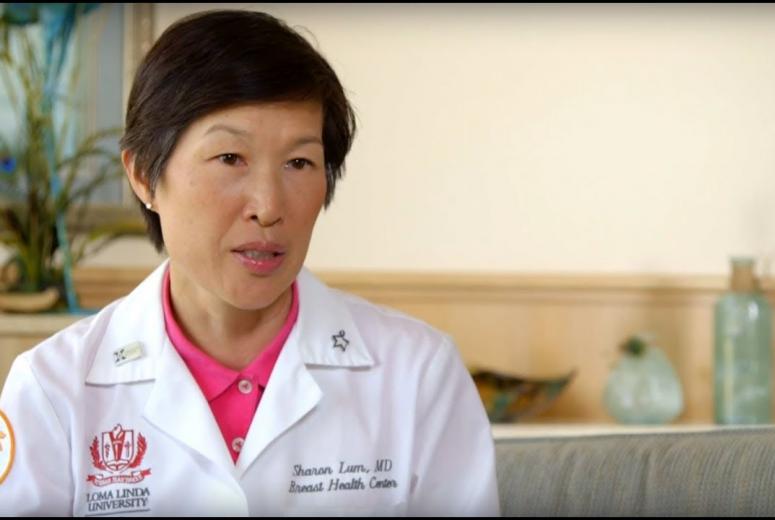
A cancer diagnosis can be frightening, but the good news is that treatments for breast, uterine, ovarian, cervical and vulvar cancer are more effective than ever. The earlier that cancer is diagnosed, the sooner treatment can begin and a woman’s chance of survival increases greatly. As the Inland Empire’s only academic medical center, Loma Linda University Health offers the latest diagnostic and treatment services available for helping women triumph over cancer.
Why Choose Us
- Loma Linda University Cancer Center offers the most advanced treatments available in the Inland Empire for breast, uterine, ovarian, cervical and vulvar cancer.
- Our treatment is customized to each woman's needs—and not just her diagnosis. We care for the whole woman-body, mind and spirit.
- We offer a full array of cancer specialists with special training in treating every type of female cancer.
- Because we are a research institution and a teaching hospital, Loma Linda University Cancer Center patients often have access to the latest treatments currently being developed, before they become mainstream.
- At Loma Linda University Cancer Center we offer the latest diagnostic tools including the only breast MRI in the region.
Our Cancer Specialists
At the Loma Linda University Cancer Center (LLUCC), world-class cancer specialists are providing holistic, top-of-the-line treatment for breast, uterine, ovarian, cervical and vulvar cancer. We customize treatment to each woman's condition and needs—and not just her diagnosis. We support patients and their families during treatment, recovery and survivorship. You will meet with:
- Oncologists, including medical, surgical and radiation oncologists
- Nurses
- Pain management specialists
- Radiologists
- Chaplains
- Social workers and therapists
Treatments
- Chemotherapy – the use of chemicals and pharmaceuticals to kill malignant cells
- Hyperthermic intraperitoneal chemotherapy (HIPEC) – the practice of heating chemotherapy solutions and then circulating them in the abdomen to treat gastrointestinal cancers
- Proton therapy or traditional radiation therapy – the use of photon or proton beams to destroy malignant cells
- Robotic and minimally invasive surgery – surgical procedures that use robotics and other technologies to enhance precision and minimize the number and size of incisions made
- Support groups and therapy to treat emotional effects and mental health, including individual, couple and / or family therapy
- Education about the patient’s condition and overall health
- Various medications and hormone therapy
Related Links













